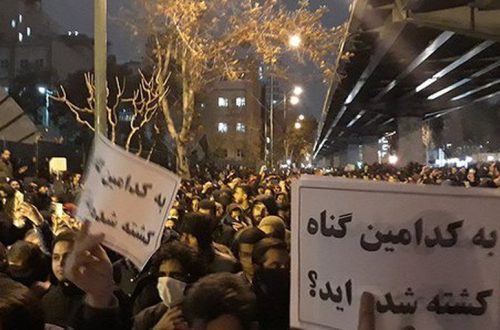The New York Times has a fascinating piece about the Stuxnet computer worm which, it seems, has dealt a severe setback to the Iranian regime’s nuclear plans– enough, at least, to help ease the urgency for military action for a few years.
According to The Times, there are strong indications that the worm is the result of a joint US-Israeli project.
In recent days, the retiring chief of Israel’s Mossad intelligence agency, Meir Dagan, and Secretary of State Hillary Rodham Clinton separately announced that they believed Iran’s efforts had been set back by several years. Mrs. Clinton cited American-led sanctions, which have hurt Iran’s ability to buy components and do business around the world.
The gruff Mr. Dagan, whose organization has been accused by Iran of being behind the deaths of several Iranian scientists, told the Israeli Knesset in recent days that Iran had run into technological difficulties that could delay a bomb until 2015. That represented a sharp reversal from Israel’s long-held argument that Iran was on the cusp of success.
The biggest single factor in putting time on the nuclear clock appears to be Stuxnet, the most sophisticated cyberweapon ever deployed.
…..
The worm itself now appears to have included two major components. One was designed to send Iran’s nuclear centrifuges spinning wildly out of control. Another seems right out of the movies: The computer program also secretly recorded what normal operations at the nuclear plant looked like, then played those readings back to plant operators, like a pre-recorded security tape in a bank heist, so that it would appear that everything was operating normally while the centrifuges were actually tearing themselves apart.
(Didn’t they do something like that in “Speed” to fool the evil character played by Dennis Hopper?)
By the accounts of a number of computer scientists, nuclear enrichment experts and former officials, the covert race to create Stuxnet was a joint project between the Americans and the Israelis, with some help, knowing or unknowing, from the Germans and the British.
The project’s political origins can be found in the last months of the Bush administration. In January 2009, The New York Times reported that [President] Bush authorized a covert program to undermine the electrical and computer systems around Natanz, Iran’s major enrichment center. President Obama, first briefed on the program even before taking office, sped it up, according to officials familiar with the administration’s Iran strategy. So did the Israelis, other officials said. Israel has long been seeking a way to cripple Iran’s capability without triggering the opprobrium, or the war, that might follow an overt military strike of the kind they conducted against nuclear facilities in Iraq in 1981 and Syria in 2007.
Two years ago, when Israel still thought its only solution was a military one and approached Mr. Bush for the bunker-busting bombs and other equipment it believed it would need for an air attack, its officials told the White House that such a strike would set back Iran’s programs by roughly three years. Its request was turned down.
Now, Mr. Dagan’s statement suggests that Israel believes it has gained at least that much time, without mounting an attack. So does the Obama administration.


